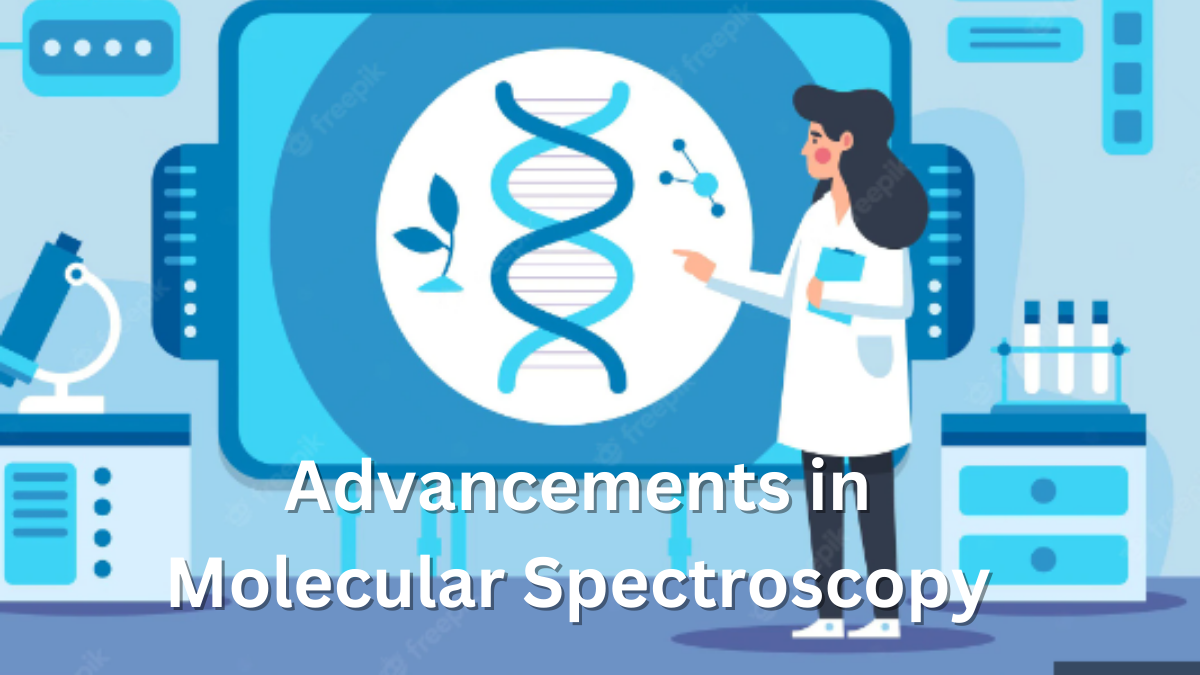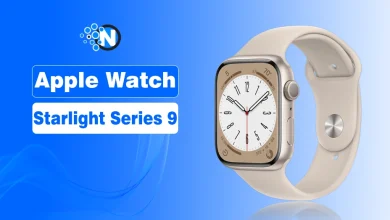Advancements in Molecular Spectroscopy and Uses in Different Industries

Molecular Spectroscopy has a broad application in almost all fields of study. It is a way of understanding matter using light and waves. Spectroscopy is used to bridge that knowledge gap to help understand the characteristics of a variety of different physical goods. The composition of a given sample is important for molecular analysis and research.
In basic research, Spectrometers are used to collect and analyze data. For instance, Agilent molecular spectroscopy tools and instruments are used in applied industries, such as mining, food, environment, and industrial. However, you can see their applications in our daily lives as well.
The interesting fact is that the spectroscopy concept also allows you to think of the next color of your wall paint. For instance, avoid black if you want to make your room cooler in the daytime since black absorbs heat more. Not only this, Rama spectroscopy is specifically used by medical professionals to diagnose cancer and develop different cancer treatments.
With the advancement of technology, the tools and solutions used in molecular spectroscopy continue to improve. Moreover, experts have progressed with their overall design, software accessibility, and price. Here are the recent advancements in Molecular Spectroscopy in its common types – infrared, Raman, and Fluorescence, and how they are used in different industries.
Infrared Spectroscopy (Food, Plant, and Herbs Safety)
From the name itself, Infrared Spectroscopy uses infrared light to test which molecule receives more light at a specific frequency. Once the light hits the molecule, it creates motions of frequencies that are used to identify compounds within the sample. The only limitation of Infrared Spectroscopy is it cannot address all vibrational bonds of water.
Fortunately, vibrational bonds of water are now detected through the advancement of IR Spectroscopy. Attenuated total reflectance IR spectroscopy allows for collecting reflectance measurements and solid samples. Its application is found in assessing the food, plants, and herbs’ safety available in the market.
Recently, it has been used to analyze food that is contaminated. The issues in food safety are due to unnatural filters, water quality, and toxic contaminants. The e WHO has issued a regulation regarding a plastic-type called Melamine. Melamine reacts to specific acids and additives affecting human food consumption.
Raman Spectroscopy (Better Imaging)
Raman Spectroscopy uses inelastically scattered light to discover the chemical composition of a compound. However, it is sensitive to the amount of light it receives. Raman Spectroscopy has emerged with other fields, such as Tip-enhanced and surface-enhanced Rama spectroscopy (TERS and SERS), to increase the light signal used to activate Raman-active molecules.
Through this advancement in Raman Spectroscopy, experts can easily work on cells, proteins, and other chemical agents. They use the spatial resolution of Raman Spectroscopy for microscopic analysis of a given cell. Raman spectrometers can produce detailed images that can effectively differentiate healthy and diseased cells, helping scientists understand cytology even more.
Nowadays, Raman Spectrometers aren’t only used in science. They are also used to analyze the dye component of an art piece to verify its authenticity. SERS has improved and is used in different processes, such as chemical sensing for pharmaceutical products and toxic substances.
Fluorescence Spectroscopy (Extensive Study of Biological Processes)
Fluorescence Spectroscopy is widely used in biological processes among the three types of molecular spectroscopy. As the name suggests, it is used in understanding DNA folding to cell imaging through the substance’s Fluorescence. A light beam stimulates the substance’s electrons, causing it to release light.
However, the whole process was distance-dependent. It limits the detection ability and execution rate of the technique. Fortunately, as microscopes continue to advance, the maximum spacial of light required to complete the process has been achieved. Now, even the smallest parts of a cell can be seen.
Fluorescence Spectroscopy is a type of molecular spectroscopy that can analyze natural components in life science and other disciplines.
These advancements in Molecular Spectroscopy and spectrometers improve the quality of sensing, imaging, and analyzing components of a substance. It will continue to provide solutions and answers to our complex problems in the science, food, and art industries. The applications of Molecular spectroscopy differ from each other, but they work hand in hand.
Although IR (Infrared Spectroscopy) is commonly used in standard laboratory procedures, it still needs to improve its process in dealing with complex molecular issues. On the other hand, Raman spectroscopy works better coupled with other techniques such as SERS and TERS.
Molecular Spectroscopy Advancements
Soon, the results of molecular spectroscopy will be more evident to the whole of humanity. It is a technique that can allow us to find humanity’s problems like medical conditions such as cancer and other complicated diseases.




